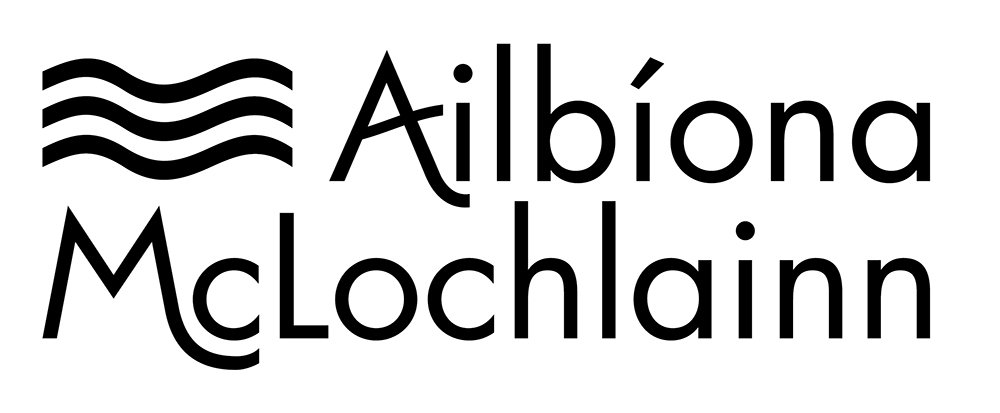The Sad, but Ultimately Educational Tale of the Guilloche ‘Sweater Dress’
As many of you prepare to knit the Guilloche pullover as part of the Guilloche-Along, I am starting to get some questions about sizing. The pattern includes fairly clear fit recommendations. However, some knitters are worried that if they choose their size based on theses recommendation, the pullover will be too big.
Apparently this has happened to a few Guilloche knitters already. Indeed, the ‘unintentional sweater dress’ shown in the photos here suffers from this phenomenon. The knitter of this garment sent it to me for inspection and diagnosis, and I appreciate being allowed to use it as a ‘teachable moment.’
So how can we explain the terrifying phenomenon of ‘I did everything right and the sweater came out too big’?
There is only one explanation. And I am going to be direct about it at the risk of coming across as harsh.
If the knitter followed the stitch counts for their size and the sweater came out too big, they did not do everything right. They got one very fundamental thing wrong: the gauge.
Let’s have a look at the Guilloche pattern instructions.
The pattern states that the gauge is:
19 stitches x 26 rounds per 10cm/ 4” for the main fabric
23 stitches x 30 rounds per 10cm/ 4” for the neckband
Now let’s have a look at an example of a sweater that came out too big.
Measuring the ‘unintentional sweater dress’ reveals its gauge to be:
16 stitches x 20 rounds per 10cm/ 4” for the main fabric
18 stitches x 24 rounds per 10cm/ 4” for the neckband
That is a very significant difference.
It explains both the horizontal (too wide) and the vertical (too long in the yoke) size discrepancies, as well as the overly wide neckband.
In this situation, it is clear that the knitter did not understand that meeting gauge was crucial to getting the size correct. Most likely they simply used the needle size mentioned in the pattern, even though the pattern states ‘Needles X or as needed to meet gauge.’ In other words, use whatever needle size you need to in order to meet gauge. Meeting gauge is not optional; it is necessary.
In the interest of clarity, I will again be very direct here:
Before a knitter is ready to work on a garment, they must understand what gauge is, and how to meet it.
If you are not yet at that level, please read the following before you even consider knitting the Guilloche (or any other) pullover:
Mind the Gauge. Ignore the Needle Size
This post explains why needle sizes in knitting patterns are meaningless, and why you always need to swatch in order to determine what needles you must use in order to meet gauge.
If after reading that post you still don’t understand, please absolutely feel free to ask questions in the comments!
And what of the Unintentional Guilloche Sweater Dress, you might wonder? I know that some of you quite liked it after seeing the photos I posted earlier!
Well. Despite it looking rather ‘interesting,’ in a haute couture sort of way, this garment is unfortunately unwearable. The distorted proportions make it quite awkward to move around in, and the neckband is so wide it slides off the shoulders. When worked at a 16 stitch gauge, the Donegal tweed completely loses its intended firmness and will not hold any sort of shape or structure.
And so, the Unintentional Guilloche Sweater dress shall be ceremoniously unravelled. And turned into an intentional pullover, knitted to the correct gauge.
If you find yourself in possession of a garment like this… I know it’s painful, but honestly I recommend unravelling and re-knitting. It will make you feel so much better when you get it right.



